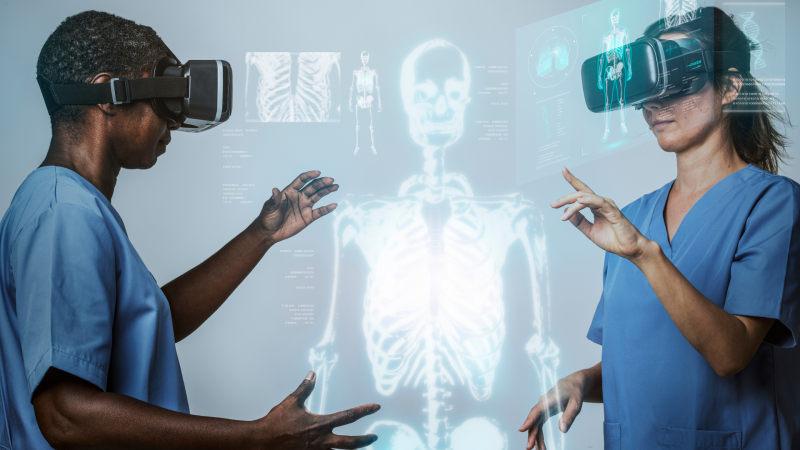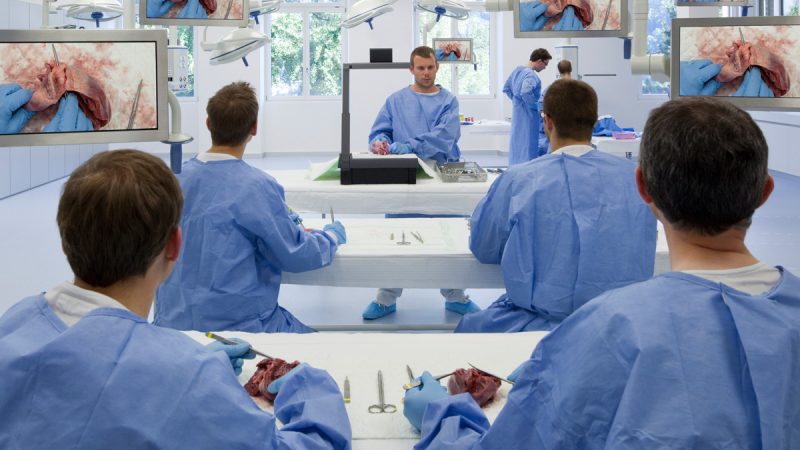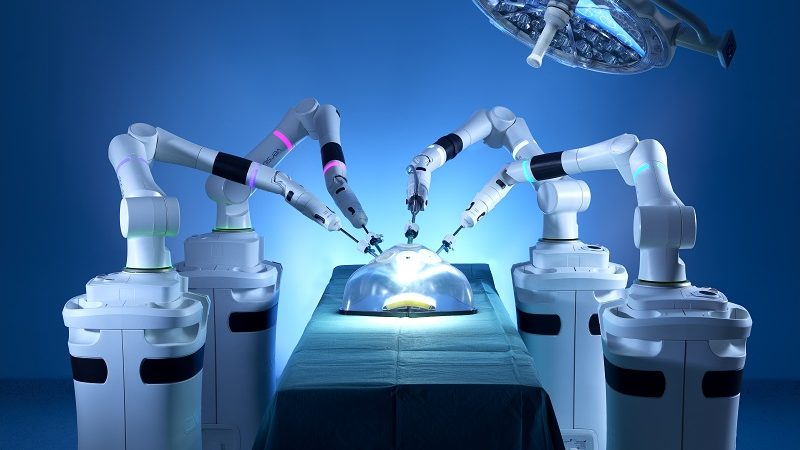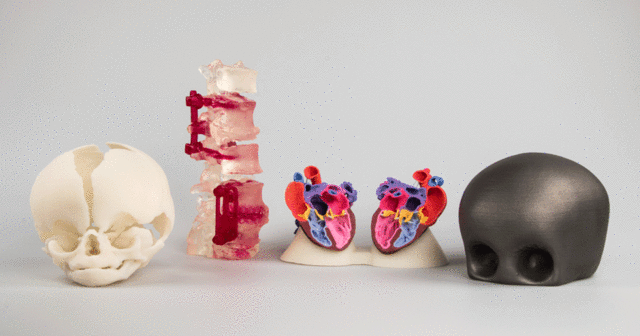Tendències globals en teràpies avançades
Tendències globals en teràpies avançades https://www.tauli.cat/institut/wp-content/uploads/2023/12/VigilanciaTecnologica-1200x675.jpg 1080 608 Júlia Haro https://www.tauli.cat/institut/wp-content/uploads/2023/11/Foto-JuliaH-150x150.jpgLes teràpies avançades són medicaments d’ús humà basats en gens, cèl·lules i teixits, o combinacions d’aquests, i tenen l’objectiu d’oferir tractaments personalitzats restaurant, millorant o substituint les funcions danyades o malaltes del cos, i poder, així, prevenir o tractar malalties que fins ara no tenen un tractament eficaç conegut.
read more












